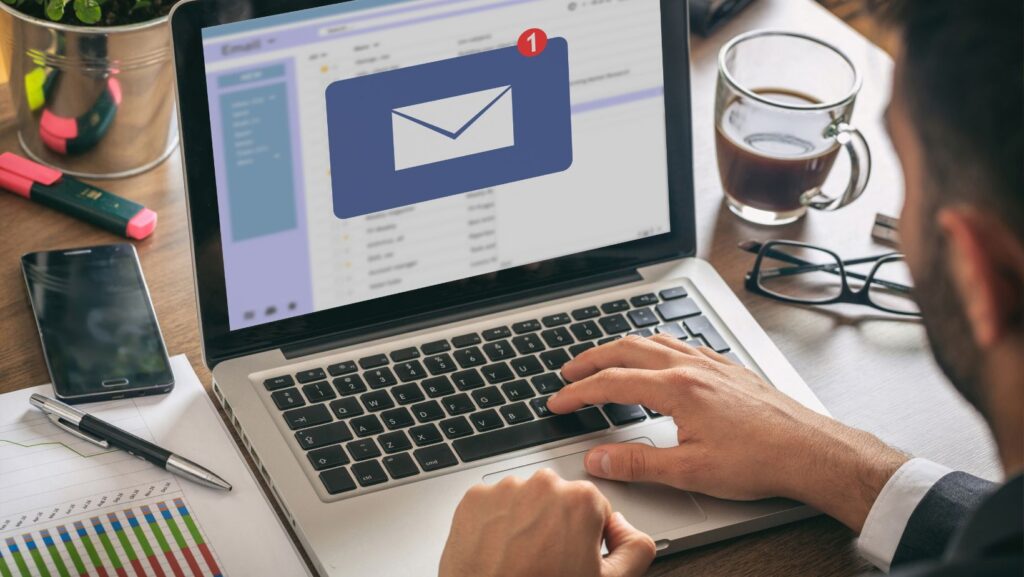Crafting the perfect business email can be a daunting task, but mastering this skill is crucial for professional success. In today’s fast-paced digital world, clear and effective communication can set you apart from the competition. Whether you’re reaching out to potential clients or collaborating with colleagues, the way you convey your message can make all the difference.
Tips for Writing Business Emails Course
Participants in this course will find practical tips for improving their business emails.
The Impact of Effective Communication
Effective communication significantly affects professional relationships. Clear emails reduce misunderstandings, saving time and enhancing collaboration. For example, when presenting a proposal, concise language ensures the recipient grasps the key points immediately. Additionally, well-structured emails increase response rates, fostering better interactions.
Professional Image Through Emails
 A professional image often hinges on email quality. Proper grammar, punctuation, and formatting create a polished, competent impression. For instance, using a professional email signature with contact details and a company logo can reinforce brand identity. Maintaining a courteous and respectful tone further solidifies a positive image, essential for business success.
A professional image often hinges on email quality. Proper grammar, punctuation, and formatting create a polished, competent impression. For instance, using a professional email signature with contact details and a company logo can reinforce brand identity. Maintaining a courteous and respectful tone further solidifies a positive image, essential for business success.
Participants taking this course can expect to master these strategies for effective, professional email communication.
Key Components of the Tips for Writing Business Emails Course
The course delves into essential elements that enhance the quality of business emails. It aims to equip participants with practical strategies for effective email communication.
Structuring Your Email for Maximum Impact
Participants learn how to structure their emails for clarity and efficiency. Key sections include subject line, greeting, body, and closing. The course emphasizes the importance of a clear subject line to capture attention. A well-crafted greeting sets a professional tone. The body must be concise yet informative, conveying the main points effectively. Closing with a courteous sign-off and professional email signature reinforces the sender’s brand and professionalism.
Tone and Language Considerations
The course highlights the significance of tone in business emails. Participants discover how to match their tone to the context and audience. Using professional language while avoiding jargon enhances clarity. The course teaches adjusting formality levels based on the recipient’s position and relationship. Emphasizing courteous and respectful language is crucial for maintaining professional relationships.
Enhancing Email Readability
 Clear Structure
Clear Structure
A well-structured email assists the reader in understanding the message quickly. Use paragraphs to break down information and highlight key points with bullet points. Headings can segment different topics within the email, making it easier to follow.
Concise Language
Concise emails save time for both the sender and the recipient. Keep sentences short, and avoid unnecessary jargon. Focus on the main message to ensure it’s clear and straightforward.
Proper Formatting
Correct formatting improves readability. Use a standard font like Arial or Times New Roman, and stick to a 10-12 point size for legibility. Avoid excessive colors or elaborate designs, as they can distract from the main content.
Effective Subject Lines
A precise subject line sets the stage for the entire email. It should summarize the email’s purpose in a few words. For instance, use “Meeting Schedule for March 2023” instead of a vague “Meeting.”
Readable Font and Size
Using readable fonts and sizes makes the email easy to read. Standard fonts such as Arial or Calibri in sizes 10-12 points are ideal. This helps the reader focus on the content without straining their eyes.
 White Space Usage
White Space Usage
White space enhances readability by breaking up text and making it less daunting. Use ample white space between paragraphs and sections to give the email a clean look.
Clear Call to Action
Including a clear call to action (CTA) can guide the recipient on what to do next. Phrases like “Please evaluate the attached document” or “Confirm your attendance by Friday” provide specific instructions, leaving no room for ambiguity.
Consistent Tone
Maintain a consistent tone throughout the email. Whether formal or informal, the tone should match the context and the audience to ensure effective communication.
Practical Exercises Included in the Course
The course isn’t just about theory; it offers hands-on exercises to reinforce learning. Participants engage in real-world scenarios to practice structuring emails, selecting the right tone, and crafting effective subject lines. These exercises are designed to build confidence and ensure that learners can apply the tips in their daily professional interactions.

